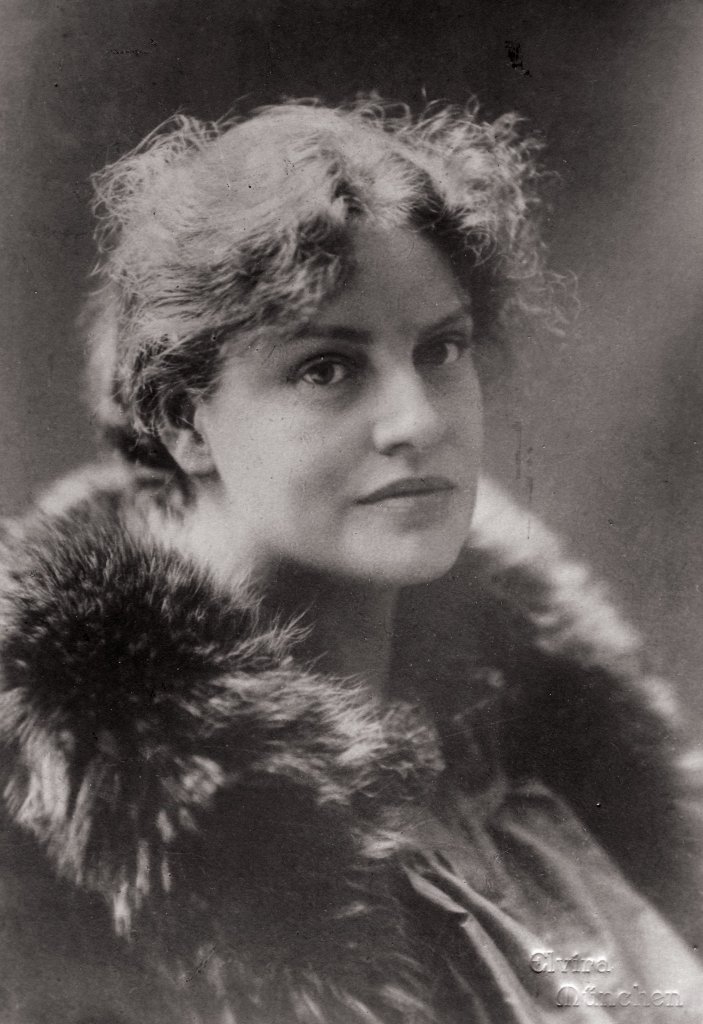“We are the bees of the Invisible.” With these words, the poet Rainer Maria Rilke captured a profound sense of mystery. Rilke’s poetry is often filled with allusions to unseen realms and invisible forces, inviting readers to ponder the boundaries between the material world and the spiritual. While Rilke never explicitly identified himself with any occult or esoteric tradition, his work is imbued with a deep sense of ambiguity and spirituality that has led many to speculate on his relationship with these mystical subjects.
Rilke’s Mystical Sensibilities: A Poet of the Unseen
Rilke’s writings often probe the ineffable, exploring ideas that go beyond rational explanation. His poetry is replete with imagery that draws on invisible forces and spiritual entities, suggesting a fascination with realms beyond the physical. For Rilke, the poet is not just an observer but an intermediary between worlds, a “bee” gathering insights from the invisible and bringing them into human consciousness.
This metaphor of the bee is telling. Bees are creatures of industriousness, constantly in motion and vital to the world’s ecosystem. Yet they operate largely out of sight, a hidden network of activity that underpins the visible world. By likening poets to bees, Rilke suggests that artists play a crucial, unseen role in society, working with the mysteries of the cosmos to nurture and sustain human understanding.
Esotericism and Rilke’s Exploration of Spirituality
While Rilke may not have openly practiced any specific occult discipline, he was clearly interested in themes central to esoteric traditions, including transformation, transcendence, and the nature of the soul. His letters and poetry reveal a fascination with the mystical, often invoking figures like angels, which hold symbolic significance in both religious and esoteric contexts.
For instance, in The Duino Elegies, Rilke describes angels not as benevolent beings but as awe-inspiring, almost terrifying entities. This ambivalence towards divine forces reflects a common theme in esotericism, where such entities are seen as both guides and harbingers of deeper, often unsettling truths.
Rilke’s relationship with the invisible was, in many ways, less about doctrine and more about personal transformation. His poems often read as meditative inquiries, probing the mysteries of life and death, love and longing. In this sense, his work aligns with the esoteric concept of gnosis—personal, experiential knowledge of the divine.
Rilke and the Occult Circles of His Time
Though Rilke himself did not openly engage with any occult societies, he was surrounded by individuals who did. He lived during a period of intense interest in the occult and was acquainted with figures who were actively involved in esoteric practices. His close friendship with Lou Andreas-Salomé, a writer and psychoanalyst, was particularly influential. She was deeply interested in spirituality and mystical thought, and her ideas undoubtedly influenced Rilke’s views.

In addition, Rilke moved within circles where spiritualism, theosophy, and other occult movements were popular. He was contemporaries with thinkers like Rudolf Steiner, the founder of anthroposophy, and the Symbolist poet Stefan George, who was known for his esoteric leanings. Although Rilke never joined these movements, their influence is discernible in his work, which often alludes to hidden realms and the transformational power of the inner self.
The Spiritual Journey of the Poet
For Rilke, poetry was more than just an art form; it was a means of spiritual discovery. His work reflects a continuous quest for understanding and communion with the unknown. He believed that life’s mysteries could not be grasped through intellect alone, but required a different kind of awareness—one that allowed him to tune into the hidden, spiritual dimensions of existence.
This approach is evident in his masterpiece, Letters to a Young Poet, where he advises the young Franz Xaver Kappus to embrace solitude and explore his inner self. Rilke saw the poet’s journey as one of self-transformation, a gradual shedding of outer layers to reveal a deeper, spiritual core. This path mirrors the esoteric journey, where the seeker must look within to find the answers they seek.
In his later works, Rilke often invoked a “great presence,” an invisible force that suffused all things and connected all beings. He called it by many names—angels, gods, spirits—but ultimately, it remained elusive, unknowable. This force was not something that could be mastered or even fully understood. Rather, it was something to be experienced and reflected upon, a truth that could only be approached through the creative process.
Embracing the Ambiguity of the Invisible
Rainer Maria Rilke’s life and work continue to fascinate readers not only for their beauty but for their profound spiritual ambiguity. Though he never fully aligned himself with any occult tradition, his poetry resonates deeply with those who seek to explore the hidden dimensions of existence. He remains a bridge between the visible and the invisible, a “bee” tirelessly working to bring the nectar of the unseen into our shared reality.
In the end, Rilke’s legacy is one of openness to mystery. His work invites us to look beyond the surface and to embrace the ambiguity of life’s unseen forces. By acknowledging these hidden dimensions, he believed that we could better understand ourselves and our place in the cosmos. In doing so, he offers not just answers, but the space to ask questions—questions that, like the bees of the invisible, hum just out of reach, waiting to be heard.





